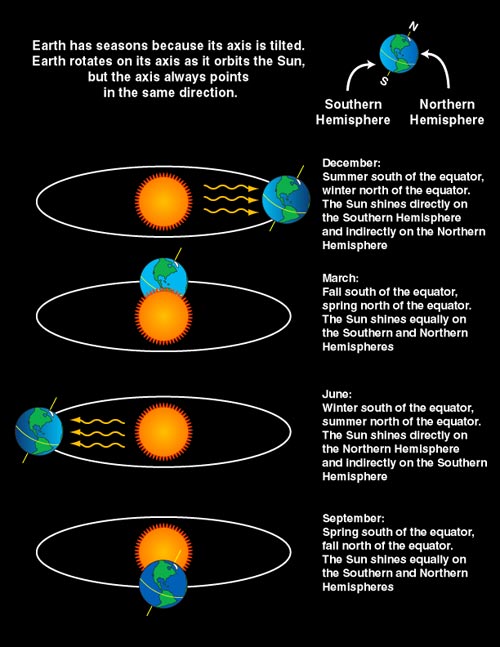Check out the videos for each one!
Sun:
- center of our solar system
- planets orbit around the sun
- atmosphere of gases (Hydrogen & Helium)
- you could fit a million Earth's inside!
Earth:
- 3rd planet from the sun
- rocky
- 3/4 covered in water
- atmosphere of oxygen, nitrogen, and other gases
- takes 24 hours to rotate once
Moon:
- orbits the Earth
- takes 29 1/2 days to rotate once
- made of rock
- dusty and has craters
- no atmosphere
- has phases
Our Solar System has 8 planets. In order from the Sun, those planets are:
Mercury Venus Earth Mars Jupiter Saturn Uranus Neptune
*Students are expected to know the correct order of the planets but NOT characteristics of each planet.*
Watch this cool video that tells the planets and a little bit about each one! The kids love it!!
https://www.youtube.com/watch?v=ZHAqT4hXnMw
How does the Sun effect the Earth?
The sun causes weather conditions on earth (drought, heat waves)
The sun causes evaporation of water on earth
The sun is the source of almost all the energy on earth
Fossil fuels are made from energy stored in organisms that died long ago (coal, oil, natural gases)
The sun makes its own heat and light and the earth receives that heat and light after traveling through space
What are the Reasons for the Seasons?
The 2 main reasons for the seasons are:
1-the tilt of the earth's axis
2-earths revolution around the sun
As we revolve around the sun we get different amounts of sunlight.
Summer = we are tilted towards the sun
Winter = we are tilted away from the sun
Fall and Spring = we are not tilted directly toward or away from the sun
It takes the earth 365 days (1 year) to make one full revolution around the sun.

What Causes Day and Night?
Earth's rotation causes day and night.
It takes the earth 24 hours to rotate once on its axis.



Phases of the Moon
Students are responsible for knowing and identifying the following moon phases:
Full, new, quarter/half, waxing & waning crescent, and waxing & waning gibbons
Waxing means that the moon is getting biGGER
Waning means the moon is getting SMAller
What Causes the Ocean's Tides??
The tides are caused by the pull of the Moon's gravity.
As the moon revolves around earth, it's gravity pulls the ocean water, causing high tide. It creates a bulge on the side of earth. At the same time, the moon's gravity pulls the earth on the other side, creating another bulge.
The bulges stay in the same place as earth rotates through them. Whatever part of earth that is going through the bulge, is experiencing high tide. The areas between the bulges are having low tide.
There are about 12 hours from one high tide to the next high tide.
Watch this funny clip from Despicable Me. As Gru shrinks the moon, it effects the surfers in the ocean because of the moon's direct relationship to the ocean water. :)
Shrinking the Moon
No comments:
Post a Comment